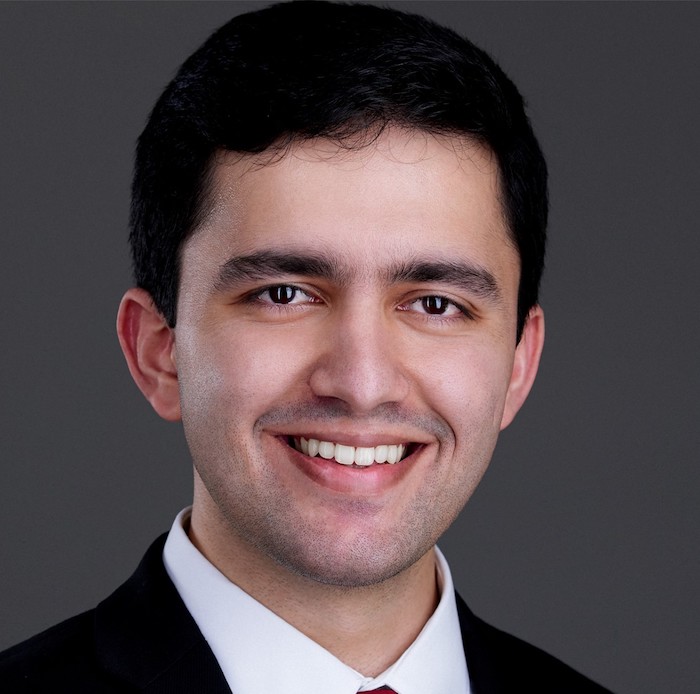New research by Syed Shahyan Bakhtiyar, MD, a surgical resident in the University of Colorado Department of Surgery, may help surgeons make more informed decisions about heart transplant surgery for their patients.
Bakhtiyar’s paper, published in September in the Journal of the American College of Cardiology, looks specifically at adults with single-ventricle congenital heart disease who underwent heart transplantation.
“Of all types of congenital heart disease, this cohort was historically considered the highest risk,” Bakhtiyar says. “However, despite the availability of national transplantation data since 1987, there has never been a large-scale national analysis looking at these patients. Our project is the first to work around the limitations prior studies have faced, and as such is the first national analysis of survival outcomes in these patients. We believe our findings are crucial for patient counseling and even organ allocation policies.”
First year most important
Through his retrospective analysis of 15 years’ worth of data that merged the National Inpatient Sample and Organ Procurement and Transplantation Network data sets, Bakhtiyar and his fellow researchers discovered that while patients with single-ventricle disease are at higher risk of dying within the first year after surgery, their outcomes after that are the same as any other transplant patients. That’s likely because single-ventricle heart disease is a congenital condition that presents at birth and typically involves multiple prior surgeries and more complex anatomy than other heart transplant recipients.
“That’s why this is such an important topic,” Bakhtiyar says. “Historically, children with this condition never made it to adulthood. But now, so many of them are surviving to adulthood that they reach a point where they will eventually need heart transplantation. Ignoring their outcomes and not knowing how they will fare can no longer be justified. As we mention in our paper, 95% of all congenital heart disease patients now will make it to adulthood, and 20% of them have complex lesions that might ultimately require heart transplantation. The number of these patients who are eligible for heart transplant is going to keep going up.”
Navigating high risk
Bakhtiyar’s study also showcases the importance of getting single-ventricle patients through their first year after surgery, when risk is higher for negative outcomes.
“The first-year outcomes are more related to the surgical aspect and acute management — getting them out of that surgical phase,” he says. “This research suggests that these patients should either go to centers that do a lot of congenital heart transplant surgeries or centers that do a lot of heart transplants at baseline, because they have more experience with getting these complicated patients through that acute phase. Maybe because of this paper, transplant centers and surgeons will realize they should have patients transferred or referred to high-volume centers to get them through the acute phase, then they can look at managing them long-term.”
With one to two transplants for adult patients with congenital heart disease performed each year, Bakhtiyar says, the CU Department of Surgery is considered a high-volume center for this type of transplant.
More information for patients
The findings have implications for hospital systems — which traditionally have been more hesitant to allocate hearts to patients with single-ventricle disease — as well as patients, who now have more information about their risk when it comes to transplant.
“We’ve assumed that single-ventricle patients are higher risk, but we haven’t had the data to back that claim,” Bakhtiyar says. “So patients and their families don’t know what to expect. Everybody says they’re at high risk, so they don’t know whether to undergo heart transplantation.”
As part of their study, Bakhtiyar and his team generated survival curves that gauge the risks and benefits of transplant in single-ventricle patients, providing five- and 10-year survival rates and giving patients and surgeons the basis for more informed conversations. Bakhtiyar’s hope is that the numbers will lead to a new way of thinking when it comes to heart transplants in this patient population.
“It’s important to not ignore them and not pursue transplantation just because of this outdated idea that they’re high risk,” he says. “We should consider heart transplantation as the next step in their care. The mindset should be, ‘This is just another in the series of multiple surgeries they’ve had. We’ve gotten them this far, and heart transplantation is the next step that’s going to carry them forward.’”



.png)

